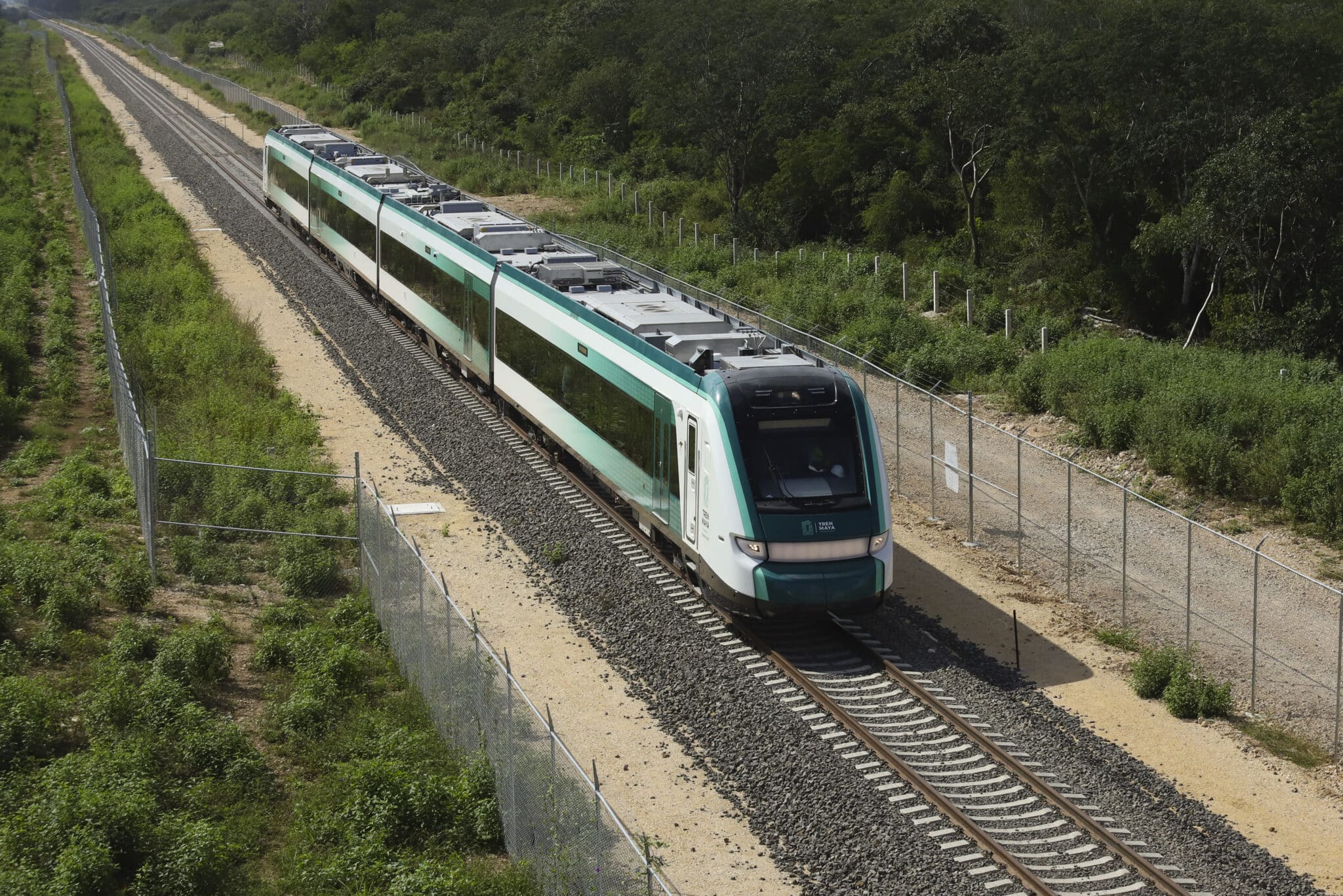The Tren Maya: How Eco-friendly Is It?

The Tren Maya, an ambitious railway project in Mexico, aims to connect major cities and tourist spots in the Yucatán Peninsula. Besides economic and social benefits, it focuses on environmental sustainability. So if you are wondering about the Tren Maya: how eco-friendly is it? Here are some useful tips.
Minimizing Landscape Disturbance from the Blueprint Stage
The Tren Maya project has prioritized environmental concerns from the start. Extensive impact assessments were done to minimize landscape disturbance. Planners worked with environmental experts and local communities to identify and avoid sensitive areas. This collaboration aims to harmonize infrastructure with nature, preserving the region’s biodiversity and cultural heritage.
The Tren Maya: how eco-friendly is it?: Elevated Railways
A notable eco-friendly feature of the Tren Maya is the design of the Riviera Maya section. This includes elevated railways and a suspended bridge to preserve the area’s cenotes. Cenotes are water-filled sinkholes, significant ecologically and culturally. The elevated structures protect the natural water flow and limestone formations, maintaining the ecosystem and landscape.
Electrification of 690 km of the Railway
Out of the 965 miles of the Tren Maya, 429 miles will be electric. This reduces the railway’s carbon footprint significantly. Electric trains emit less than diesel trains, leading to cleaner air and fewer greenhouse gases. By using electric railways, the Tren Maya supports global efforts to combat climate change and promote sustainable transportation.
The Tren Maya: how eco-friendly is it?: Wildlife Crossings
Another key eco-friendly feature of the Tren Maya is the wildlife crossings. These structures let animals cross the tracks safely, avoiding injury or death. By providing safe passages, the Tren Maya maintains natural animal movement, crucial for their survival and ecosystem health. This initiative highlights the project’s commitment to biodiversity conservation.
Sustainable Construction Practices
Beyond the design and operational phases, the Tren Maya project employs sustainable construction practices. These practices include using locally sourced materials, minimizing waste, and employing energy-efficient machinery. By adhering to these principles, the construction process itself aims to leave a smaller environmental footprint, further enhancing the project’s overall sustainability credentials.
In conclusion, the Tren Maya is more than just a transportation project; it is a model of how infrastructure development can coexist with environmental stewardship. As it progresses, it holds the potential to set new standards for eco-friendly infrastructure projects worldwide.
